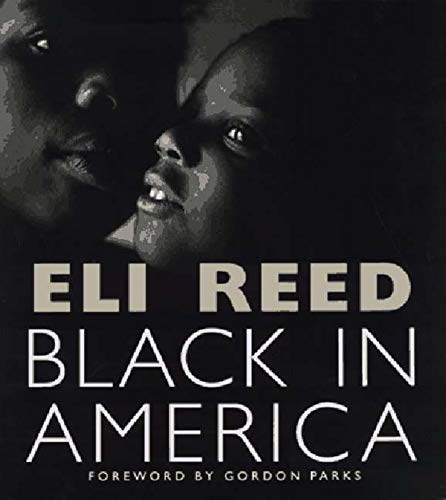The Language of African American Culture: Photography
By Deborah Harris
This is Part 2 in a 3-part series on how language continues to shape our culture. You can read Part 1 here.
Photography by Robeya Johnson
In my inaugural post, I shared a few thoughts and perceptions on style and fashion in the African American Community. The focus was on how we present ourselves, and how our choice of clothing and hairstyles can communicate subtle or very strong messages.
I believe most would agree that photographic images are also important in how a culture represents itself. Photographers, professional or novice, are capturing moments that can speak volumes about our culture and heritage. Happy, sad and often unexpected moments that convey important events in or lives. Eli Reed, a Harvard-educated, award-winning documentary photographer, known for his work in the books: Black in America, Beirut City of Regrets and A long Walk Home, puts it this way: “Observe the life moving like a river around you and realize that the images you make may become part of the collective history of the time that you are living in.”
Moving the topic of our “language” forward I had the opportunity to engage Robeya Johnson, Professional Photographer, and owner of Beya Johnson Photography, in a short interview. We reflected on Eli’s quote and Robeya shared her approach to taking meaningful photographs.
*****
Deborah: What are your thoughts on Eli Reed’s statement, and how has your photography enabled you to communicate stories (your personal story or stories of others) that are important to you?
Photography by Robeya Johnson
Robeya: I strongly agree with this statement. As photographers, we are preservationists. We take pictures to stop time and produce these moments into something tangible for present and future generations. One of the most rewarding things as a photographer is having the opportunity to capture important milestones in my clients’ lives. I’ve gone from capturing a couple’s engagement session to wedding day, maternity to newborn sessions, holiday to first day of school sessions, first home purchase to family vacation sessions. I’ve also been there through some major setbacks for clients facing things such as declining health, military deployments, etc. I’ve documented these moments of resilience in the face of adversity. I also recognize the incredible privilege of being the family/friends historian. I know my photographs will be cherished by generations, and these generations can relive through these moments from what I have captured.
Deborah: What are some of your unique methods or approaches for visual storytelling?
Robeya: I am very intentional with capturing real, candid and raw moments—moments in which a grandfather cries on the sideline as he watches his granddaughter get married; moments where a mother holds her newborn for the first time; moments where a soldier returning home surprises his family at a wedding; moments of joy and sadness. The un-posed, raw, and candid moments add more meaning and power to the photographs that I take.
Deborah: What are some of your favorite photography subjects? Why?
Robeya: Wedding clients. I am part of the first chapter of their story. I value their story and know that there are no two that are the same. I know whatever I capture will be preserved for future generations and as their photographer, I want to document these moments honestly and give it the life that I see through my viewfinder.
*****
My short interaction with Robeya not only highlighted the significance of photography in the documentation of a culture, but it also further emphasized photographer’s understanding of the role they play in ensuring the moments they capture relay the intended message or messages of the subject.
You can see more of Robeya’s amazing wedding photography at https://www.essence.com/love/bridal-bliss-viviana-benson-kenya-cultural-wedding/ In an Essence cultural article, Robeya beautifully captures a wedding that incorporated a bride and groom’s Kenyan cultural traditions.
Photography by Robeya Johnson
Photography by Robeya Johnson
Photography by Robeya Johnson
As I scrolled through more of Robeya’s work, I noticed an image that really spoke to me. While this quote is not penned by a person of color, the family posed in front of those words represent how we as African Americans are steadily and continually moving towards what is truly important in this life.
“When I was five years old, my mother always told me that HAPPINESS was the key to life. When I went to school, they asked me what I wanted to be when I grew up. I wrote down” HAPPY.” They told me I didn’t UNDERSTAND the assignment, and I told them they didn’t understand LIFE.” John Lennon.
*****
Having now looked at the African American Language/Culture from a fashion perspective and through the lens of a photographer, for the third and final piece, I will share thoughts on the African American language more directly. The women participating in the last interview will share how their educational experiences have impacted their approach to communications in professional and personal settings. In our discussion, we will explore the writings of Geneva Smitherman, retired English professor, Director of African American Language and Literacy at Michigan State University, and author of Talkin and Testifyin: The Language of Black America.
A new author in the area of children’s literature, Deborah Delois Harris published Amaris Great Adventures: The Magical Playground in October of 2018. Focusing on increasing the number of books featuring African Americans as the main characters, Deborah plans to write books that are fun for children and their parents, and culturally representative of African Americans and their diverse backgrounds.












